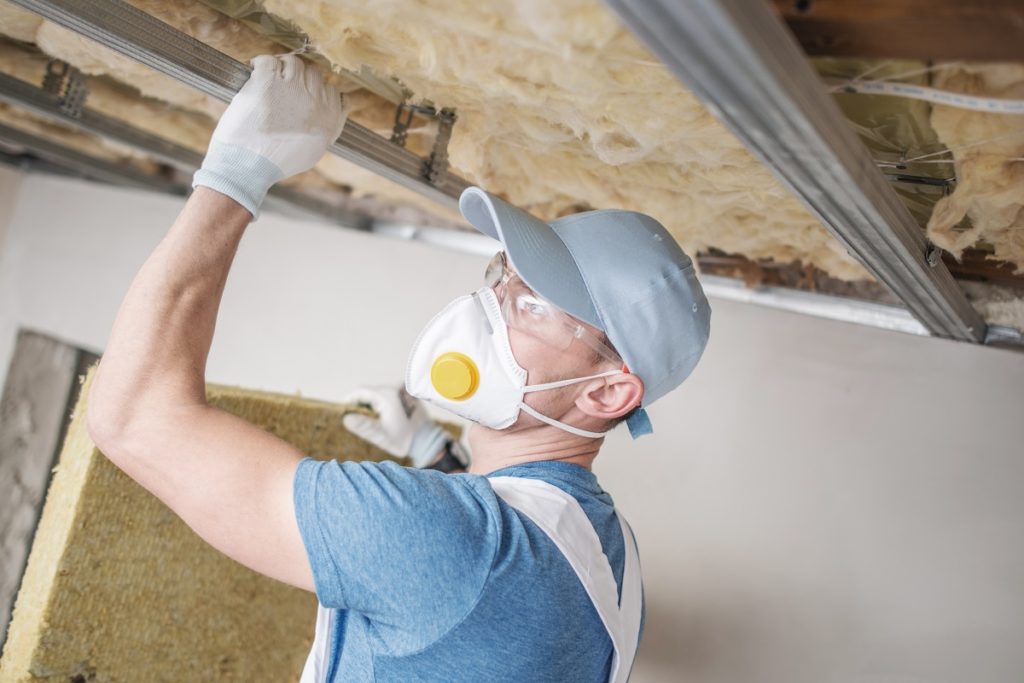To make the most of your home remodeling investment, it’s best to include insulation in the process. Proper insulation protects your home against long-term threats such as an infestation, moisture, and mold damage that can diminish the beauty of your remodeled space over time. Aside from that, insulation helps maintain a consistent and comfortable temperature inside your home, which is essential in energy savings.
Some insulation types have soundproofing and noise absorption qualities. This is especially beneficial to those who are living in cities, high-traffic areas, or in apartment buildings where the noise level is a lot higher.
But even if you’re remodeling a home located in a quiet neighborhood, you should still make sure that your home is properly insulated. Is your remodeling in full swing or about to begin but you’re still not ready to insulate the entire home? Here are three good places to start.
Basement
Ideally, basement insulation should be part of the construction process. But if you’re living in a home with a basement that has little to no insulation at all, it would be wise to add insulation during the basement remodeling and finishing process.
When deciding on the type of insulation to use for the interior basement walls, it’s best to check with your building code to make sure you’re using the correct type. When in doubt, consult your contractor and discuss the available insulation options that will work with your intended design and use for your basement space.
In most cases, spray foam insulation is used for insulating newly constructed and finished basements. The liquid foam is easier to apply on the surface, especially for finished walls, tight spaces, and corners.
Another reason to include insulation of your finished walls when remodeling your basement is to seal up any air leaks. Spray foam can seal and insulate the space at once. As basements have limited light and air circulation, it becomes an ideal breeding ground for mold and insects.
With proper insulation, you can prevent this from happening and ensure that all remodeling efforts do not go to waste.
Attic

Your attic is home to heat and moisture. The fluctuating temperatures inside this space can cause gradual structural damage and lead to other problems like mold and water damage. Insulating your attic can protect and regulate the temperature inside the space and prevent mold and moisture problems from occurring.
Most homeowners include insulation in the remodeling process of their attic spaces. Older homes, most especially, have little to no insulation installed. It’s also very common to find asbestos-heavy insulation materials in old attics, as this was the type of material used way before asbestos-free options became available and used in homes.
Insulating your attic has many benefits: it prevents water vapor from seeping in, slows down heat build-up in the space, blocks warm air from entering the space, keeps your home cool in the summer.
When properly done, attic insulation can lessen your energy consumption. Proper attic insulation helps regulate indoor temperature and prevents premature wear and tear, allowing you to enjoy your remodeled home even more.
Study Room
In the past couple of years, many of us have made it a mission to empty that spare room and put it to new use. Enter the study.
When designing a study slash studio, it’s important to keep the noise from entering and creeping out of the space. Insulation aids the noise blocking ability of your soundproofing equipment, stopping nuisance sound from distracting you while you’re working.
Likewise, if you’re doing work that involves musical instruments, proper soundproofing and insulation can improve the effect of sound in the room. As the room may not have the acoustic qualities present in a proper studio, you can shape the acoustic profile of the space by adjusting the height of the room, furniture placement, and using panels that reflect and absorb sound.
To remedy thin walls, use spray foam, blown-in cellulose, or fiberglass insulation. These insulation materials can dampen, absorb, and limit the transfer of noise going in and out of the room.
As you can see, remodeling and home insulation go hand in hand. And there’s no better time to insulate your home than during your remodeling process.
When insulation is made part of the remodeling process, it will save the homeowner time and money, which they can invest in other home remodeling projects.
Insulation not only protects your home from early wear and tear due to heat and moisture; it also seals your home and keeps insects out. This way you can make the most out of your beautifully remodeled space and enjoy the fruits of your work for a long time.

